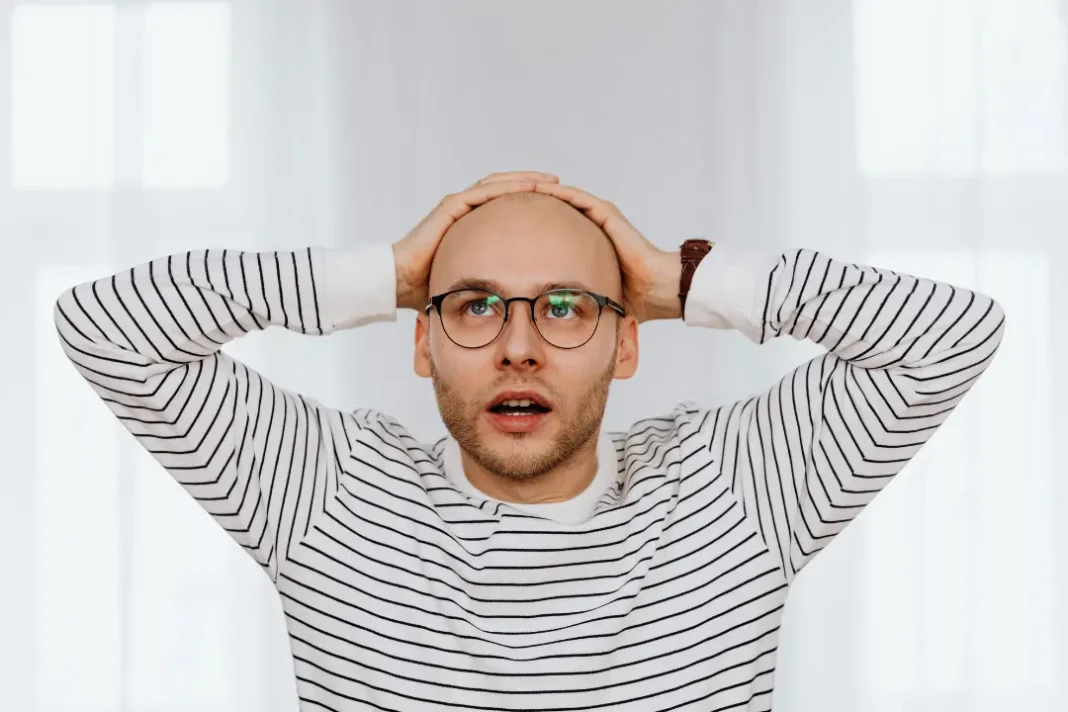Are you looking for an answer to the problem of going bald in your 20s? The good news is that the best topical treatments for thinning hair may deliver the results you want. We’ll discuss five reasons to try a topical hair growth product and recommend one of the best brands on the market.
You May Also Like:
5 GREAT SUPPLEMENT INGREDIENTS THAT PASS THE BRAIN FOG TEST
VITAMIN E: BENEFITS, DOSAGE, SIDE EFFECTS, DRUG INTERACTIONS, AND OTHER IMPORTANT INFORMATION
Going Bald in Your 20s? Here Are 5 Great Reasons to Try a Topical Treatment for Hair Loss is an original (MedNewsPedia) article.
Going bald in your 20s:
The emotional consequences
Hair loss can be disturbing at any age, but going bald in your 20s can be especially traumatic. For young men and women, hair is a defining aspect of appearance. How often do you think about or connect with your hair? During a morning shampoo? When making decisions about cut, style, color, or scheduling an appointment with a stylist? Young adults in their 20s may take the health of their hair for granted unless they start to lose it. Then, suddenly, a sense of panic and worry sets in: Am I going bald? What will I look like? The thought of potential baldness and thinning can be a blow to a young person’s identity and self-esteem.
It becomes difficult to rationalize the hair in your brush or comb, the hair on the floor or sink, or the growing amount of scalp you see in the mirror. For young men, balding presents as a receding hairline or thinning patch on top of the head. For young women, balding appears as hair that becomes less dense or as a widening part. The priority is finding a way to stop hair loss and prevent going bald in your 20s. Fortunately, there are a plethora of topical treatments to try. Below we’ll discuss the causes of balding and list five reasons to try topical treatments for going bald in your 20s.
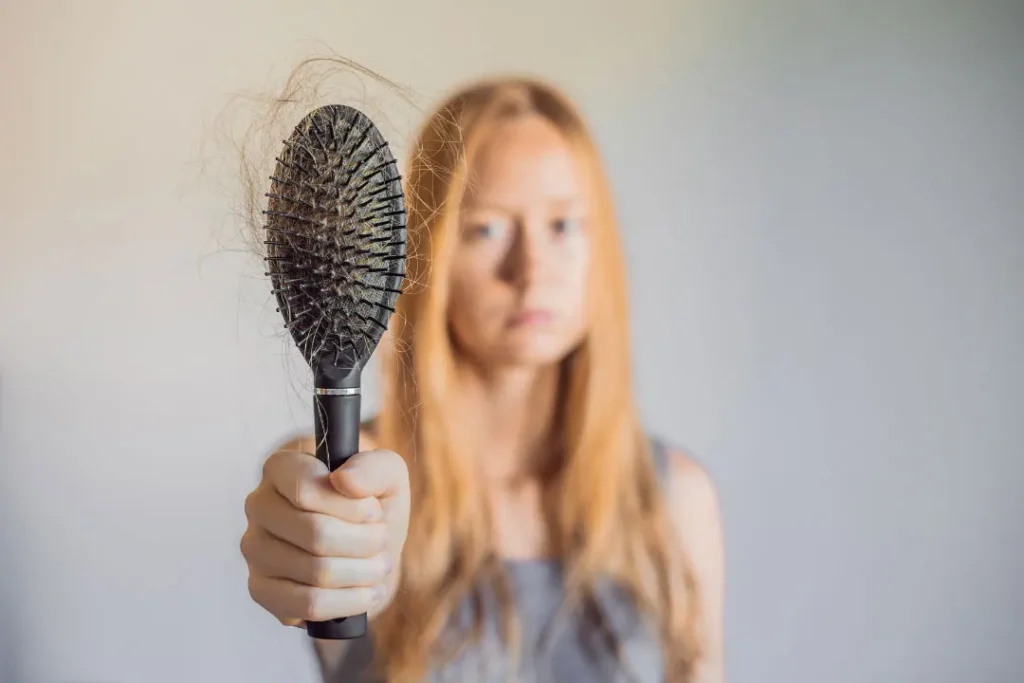
Going bald in your 20s:
What’s the cause?
Among men, early onset hair loss (alopecia) is typically male pattern hair loss. It is often caused by heredity, but it can be due to hormonal changes or certain medical conditions. A study found that 16% of men aged 18-29 experience some degree of hair loss. Women may also discover their hair is thinning while still in their 20s. Causes include hormonal fluctuations, stress, genetics, or chemicals in hair products.
How can you tell whether your hair is falling out or the hair shaft has broken? Hair that falls out will have a tiny bulb at one end; a broken hair shaft does not. In either case, the hair follicle needs nutrition.
Rather than trying to conceal hair loss, you can “choose one of the treatments available to prevent further hair loss or restore growth,” the Mayo Clinic reports. Some impressive and effective treatments are topically applied. Here are five great reasons to try a natural topical hair treatment to avoid going bald in your 20s:
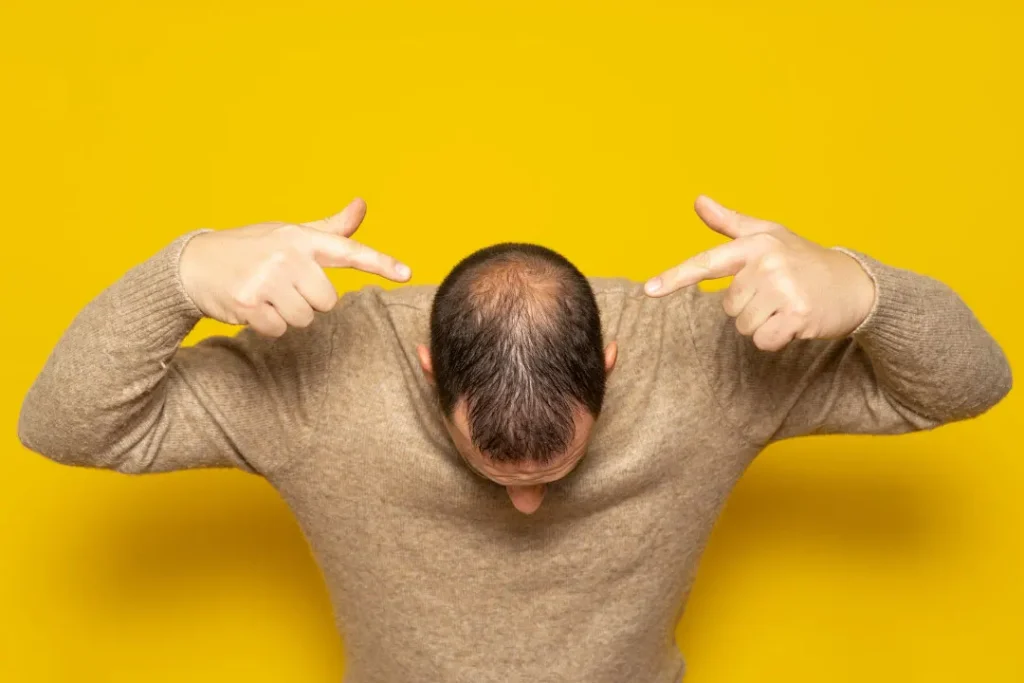
Reason to try topical hair treatment:
1. Topical treatments can return hair to the growth phase
Hair follows a three-phase life cycle: the anagen phase, when the hair is actively growing from healthy follicles; catagen, a short transitional or dormant stage when the hair has stopped growing; and telogen, when the hair is no longer alive and falls out or pulls out easily. Hair loss is when the number of hairs lost exceeds new growth. Topical treatments aim to increase blood circulation to nourish dormant hair follicles and help keep hair growing longer by returning dormant catagen hair to the anagen growth phase.
Going Bald in Your 20s? Here Are 5 Great Reasons to Try a Topical Treatment for Hair Loss is the (MedNewsPedia) report.
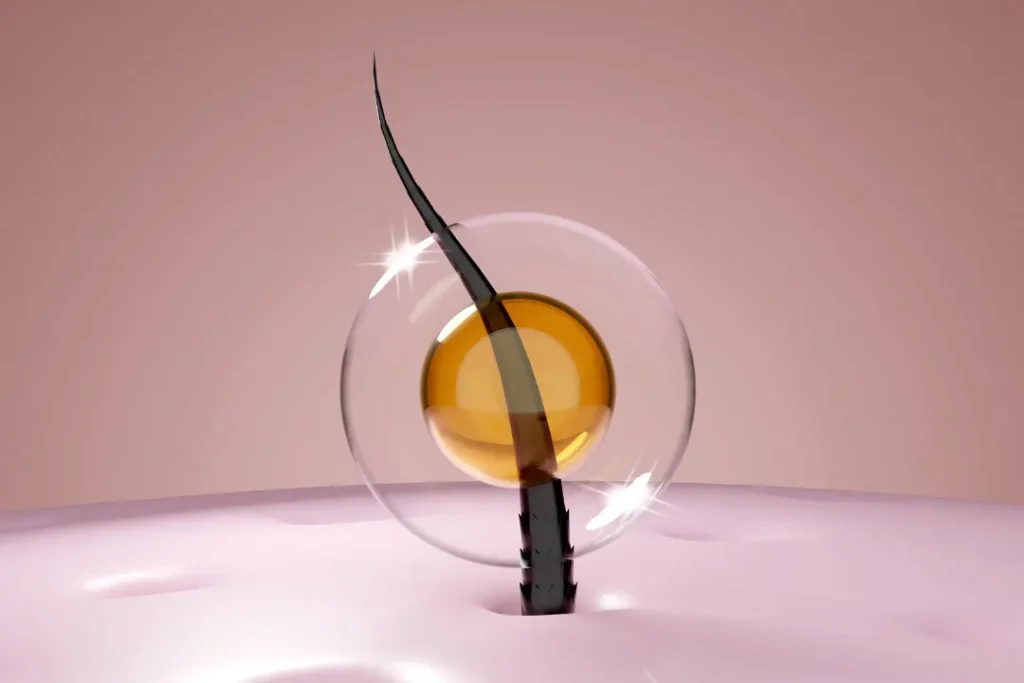
Reason to try topical hair treatment:
2. Hair loss can be treated safely without drugs
Minoxidil, the first topical treatment for hair loss, was approved by the FDA as a drug, requiring a prescription. It is now over-the-counter but still has potential side effects and warnings about interactions with blood pressure medications, vasodilators, and other drugs. Today, new natural, drug-free formulations are available. Just as minoxidil increases blood flow to hair follicles, some drug-free topical treatments similarly revive and restore the scalp and follicles to increase the life and vitality of the hair shafts.
Reason to try topical hair treatment:
3. Topical treatments can inhibit DHT hair loss
Dihydrotestosterone (DHT) is a hormone converted from testosterone by the enzyme 5-alpha reductase. It is medically recognized as the cause of most hair loss, especially among men. DHT can cause inflammation of the hair follicles at the cellular level. One treatment, Capixyl, reduces inflammation and supports hair follicles by anchoring laminin fiber (an all-natural supplement containing marine protein and pea protein) and increasing ECM proteins (macromolecules that provide structural support for the cells and tissues).
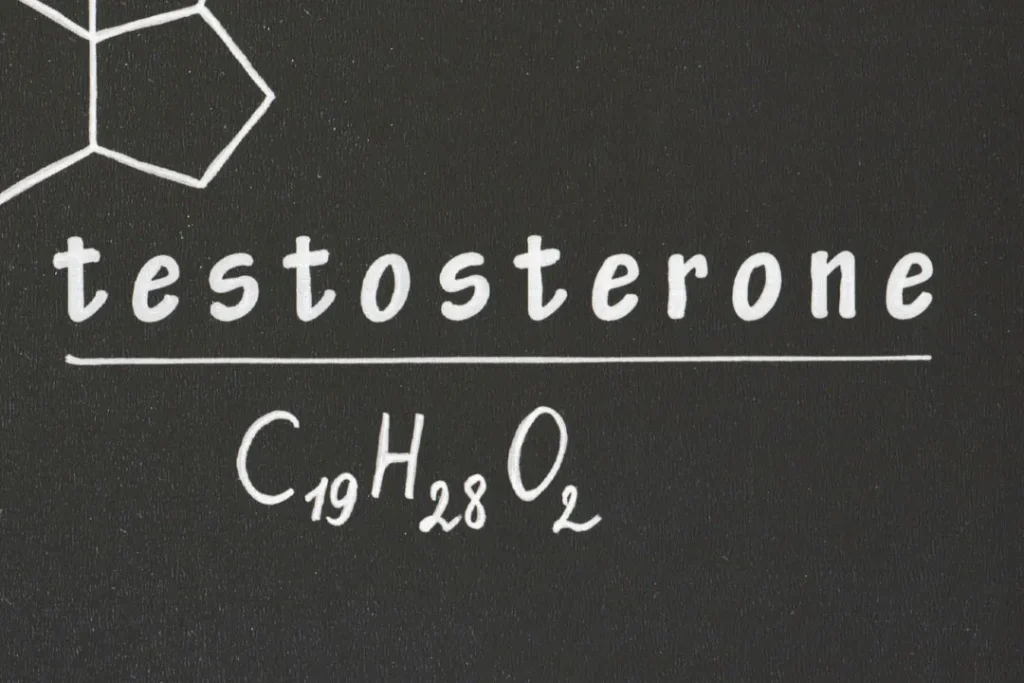
Reason to try topical hair treatment:
4. Oxidative stress can be reduced topically
Hair loss among young adults may be caused by free radicals, which weaken hair follicles at the cellular level. Topically applied antioxidant Baicapil counters oxidative stress in the follicular cells. Its three botanically active ingredients are baicalin (a medicinal plant with antiviral, antiapoptosis, anti-inflammatory, and antioxidative activities), wheat sprouts, and soy extract, which in combination have been proven to stimulate the growth of new, anagen phase hair (13% increase) and improve hair density and thickness (18% reported). The result is a significant reduction in hair loss (51% overall).
Reason to try topical hair treatment:
5. Topical reactivation of dormant hair follicles
According to the American Academy of Dermatology, your scalp has about 100,000 hair follicles; follicles are structures in the scalp’s epidermis from which hair grows. Hair health is directly dependent on the vitality of its follicle. Topical treatment Redensyl is an active hair follicle stimulant containing botanical ingredients: DHQG (dihydroquercetin-glucoside) and a modified polyphenol derived from the larch tree. Redensyl nourishes the hair follicles to initiate the proliferation of new stem cells, reactivating dormant hair follicles.
A unique combination of topical hair loss treatments
If you’re concerned about going bald in your 20s, the ideal solution may be a combination of treatments for an optimized, synergistic effect. More Hair Naturally 9 contains Redensyl for its follicle stimulation and reactivation of dormant follicles, Capixyl, which helps stop DHT formation by 5-alpha reductase, and Baicapil, whose antioxidant benefits diminish oxidative stress in follicular cells.
More Hair Naturally 9 also contains adipose-derived (non-embryonic) stem cells, plus stem cells from bamboo and mountain ginger, peptides, and probiotics. More Hair Naturally 9 may be the most effective, safe treatment.
“Thinning hair due to genetics, stress, and medications can be helped without drugs, side effects, or lifetime usage,” says company CEO Mahryah Shain, “You don’t have to sacrifice your health to have healthy hair.” More Hair Naturally offers a free personalized evaluation of your hair and scalp condition.
Giving your hair a fighting chance
Your 20s should be spent having fun and preparing for the future, not worrying about balding. Luckily, numerous hair loss treatments are available today, so going bald in your 20s does not have to be inevitable. While the reasons for hair loss may vary individually, being proactive and starting a natural, drug-free treatment will give you the best chance of keeping your hair longer and potentially stop future hair loss.
Further reading for additional knowledge:
American Academy of Dermatology: Hair Loss – Diagnosis and Treatment
Cleveland Clinic: Hair Loss
NYU Langone: Types of Hair Loss
Important Note: The information contained in this article (Going Bald in Your 20s? Here Are 5 Great Reasons to Try a Topical Treatment for Hair Loss) is for general informational purposes only, and should not be construed as health or medical advice, nor is it intended to diagnose, prevent, treat, or cure any disease or health condition. Before embarking on any diet, fitness regimen, or program of nutritional supplementation, it is advisable to consult your healthcare professional in order to determine its safety and probable efficacy in terms of your individual state of health.
Regarding Nutritional Supplements Or Other Non-Prescription Health Products: If any nutritional supplements or other non-prescription health products are mentioned in the foregoing article, any claims or statements made about them have not been evaluated by the U.S. Food and Drug Administration, and such nutritional supplements or other health products are not intended to diagnose, treat, cure, or prevent any disease.


